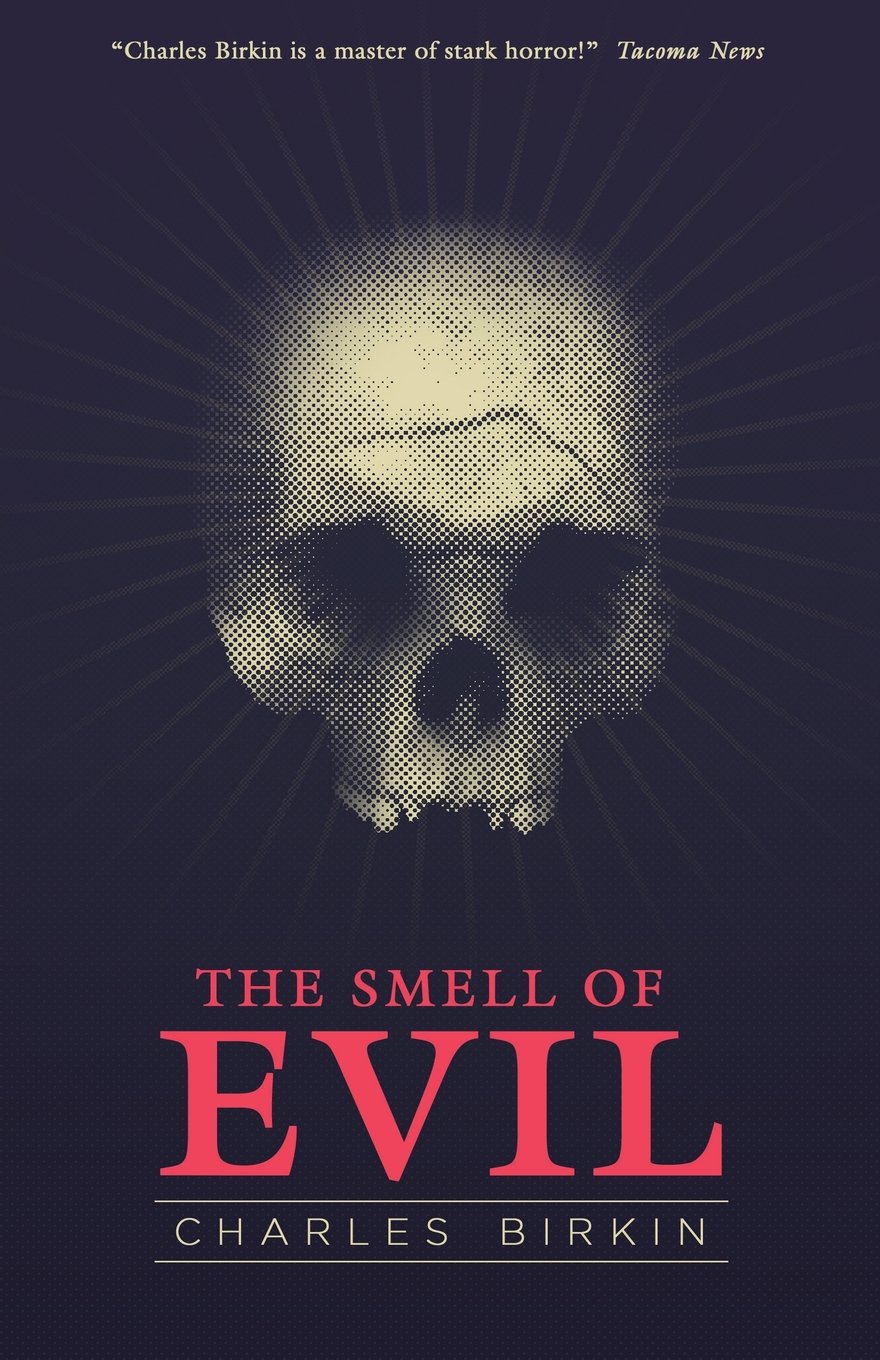by Charles Birkin
Published by Valancourt Books
Published by Valancourt Books
ISBN: 976-1-939140-74-6
December 2013, £11.99 PB
Dennis Wheatley is quoted on the back cover as stating “More
than a definite touch of the great master, Edgar Allan Poe.” Well intentioned though that comparison may
have been, it is totally misleading. Birkin’s style is as far from Poe’s as it
could possibly be. You’ll rarely find anything approaching the Gothic horror’s
of Poe within the dark tales of human evil in Birkin’s stories. Invariably set
within the contemporary world the characters in these thirteen tales are firmly
based on reality, whether they be self-deceived German gardeners working within
the shadow of Second World War concentration camps or young tearaways escaping
from a race riot in 1960s London, the horrors within these stories are of man’s
(or woman’s) own making.
With an elegant writing style, Birkin shows his complete
mastery of the conte cruel, leading
the reader on to some of the most sadistic climaxes in literature. He rarely
uses the supernatural, though when he does, as in “Little Boy Blue”, he is as
proficient in this as in his more usual kind of story.
Born in 1907, Charles Birkin (later Sir Charles Birkin) had
a long literary career, editing the Creeps
series for Philip Allan in the 1930s, as well as an inaugural collection of his
own stories, Devil’s Spawn (1936),
before laying his writing to one side during the Second World War when he
served in the Sherwood Foresters. Many of his most infamous stories stem from
his experiences towards and just after the end of the war when he witnessed
first hand what men were really capable of doing. It was not till the 1960s,
though, that he began writing again with the encouragement of his friend,
Wheatley. The Smell of Evil was the
first of seven collections published during that decade, culminating in Spawn of Satan in 1970. After living in Cyprus
for several years he died in the Isle of Man in 1985.
Long out of print, other than for several hard cover, now
collectible volumes from Midnight House, it is wonderful to see Valancourt Books at last bringing an
easily affordable collection to a new reading public. It would be even more
wonderful if over the next few years the rest of Birkin’s collections are
brought back into print.
This volume is rounded out with an insightful introduction
by John Llewellyn Probert.


No comments:
Post a Comment